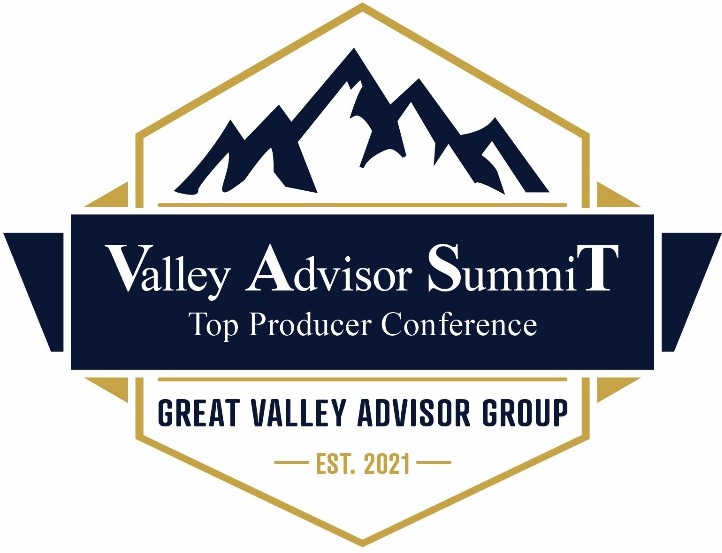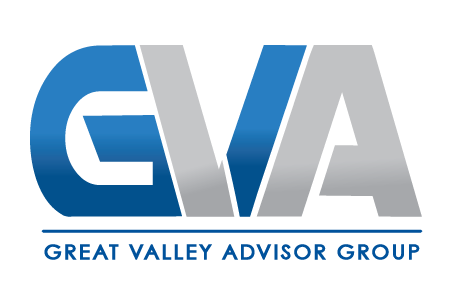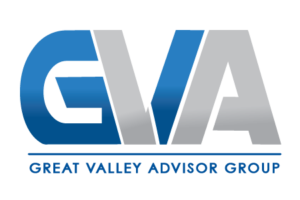Are you running your business or is your business running you?
Over the next several weeks, we will be sharing snippets and snapshots of the content presented at this year’s GVA VAST top producer conference held in Austin, TX. Our goal is that it gives you a base from which to engage in more discussions about your business and how to meet your vision for growth. And for those that attended VAST, you will find a few more resources and tools here in addition to those you received at the conference.
The first concept we want to introduce is the EOS Model which revolves around doing what you love, with people you love, making a huge difference, being compensated appropriately, with time for other passions.
We heard from our presenter Brian White, a Certified EOS Implementer™, on two types of entrepreneurs:
- Those that work really hard with their team day in and day out on the business. They are moving forward, but not at the level they would like. There are frustrations that pop up and sometimes they feel a little stuck. They are getting results but they find that they are putting more of themselves into the business than they would like.
- They and their team work just as hard but the progress is substantially greater. The top 5% are getting what they want out of their business. And they have balance in their lives.
What is it that separates these 2 groups? The simple answer is those who fell under group 2 above, the top 5%, were efficiently solving a different set of issues instead of the same issues over and over again like the worst kind of deja vu. So how does the first group identify and fix their issue with issues?
The following key components in the EOS Model shown below were found to help significantly if leaders could execute 80% or better in all six areas:
EOS Tool Box
The EOS Model is designed for entrepreneurial leaders typically focusing on too many things when running their businesses. The EOS Model illustrates The Six Key Components™ of any organization: Vision, People, Data, Issues, Process, and Traction. When only these six are focused upon and strengthened, all symptomatic issues go away. Below is a quick snapshot from The EOS Model and tools to help you begin to have conversations with your teams to design a better way to run your business:
- Vision: it starts here by getting everyone on your team rowing in the same direction with where you are going and how you are going to get there.
- The Vision/Traction Organizer™ (V/TO) is designed to help you simplify the strategic planning process, getting your vision out of your head and onto paper by answering eight questions to crystallize where your practice is going and how you will get there.
- People: We are strong when we are full of great people. However, the definition of great varies. You must define what a great person is for your business and these tools will help you get there:
- The Accountability Chart – Organizations that are structured to satisfy egos, out of fear of upsetting people, or based on what worked in the past, will not function well. The Accountability Chart is a tool that helps you take a big step back to define the structure that will take your organization to the next level. This fillable PDF chart also clarifies everyone’s roles and responsibilities.
- The People Analyzer™ – Evaluating people is a difficult and subjective task. With the People Analyzer, you will be able to cut through the complexity and clearly identify if someone fits in your culture and is filling the right seat.
- GWC™ – Having every person in the right seat is essential to being a great organization. GWC enables you to make those proper placements. GWC stands for “gets it”, “wants it,” and “capacity to do it,” the only three criteria in determining if a person is operating within his or her true skill set. This PDF will help you complete the People Analyzer™
- The 5-5-5™ – When managing people, it is difficult to stay clear on expectations and communicate them well to direct reports. The 5-5-5 cuts to the three most important expectations: they possess your five core values, they have the true skill set to perform in their five roles, and they are setting and achieving five rocks (see link under #6c below) every quarter.
- LMA Questionnaire – When preparing for a Quarterly Conversation™ with each of your direct reports, get specific on leadership and management skills by sending them a LMA questionnaire once per year. Have them answer how you are doing for each of the questions as well as assessing your own performance. Follow that up with a Quarterly Conversation with them, and together, IDS™ how you can get to all Yeses. It’s a powerful conversation.
- Clarity Break – Most entrepreneurial leaders experience times when they are frustrated, feel overwhelmed, and lack clarity. By taking a clarity break at regular intervals, you regain the clarity and confidence you need to lead your people and manage your business like the best of them.
- Delegate and Elevate™ – In a growing organization, more and more comes at you, and your plate starts to overflow. The only way to stay ahead of the workload, continue to grow, and stay balanced is to continually delegate the right tasks and elevate yourself to your true skill set. The Delegate and Elevate tool will help you clearly define which tasks are in your sweet spot and which are not.
- Kolbe – Knowing what makes you tick is vital in always staying energized and avoiding burnout. Kolbe is a powerful tool that helps you understand your conative, instinct-based, natural abilities.
- Data: Boil your organization down to a handful of objective numbers that give you an absolute pulse on where things are.
- Issues: Identify, Discuss, Solve – Become great at solving problems throughout the organization and making them go away forever.
- The Issues Solving Track™ – Most teams spend the majority of their time discussing the heck out of issues, rarely solving anything. Problems linger for days, weeks, months – even years. The Issues Solving Track is a discipline that will enable any team to solve problems quickly in order of priority.
- Process: “Systematize” your business by identifying and documenting the core processes that define the way to run your business. This is the secret ingredient in your organization.
- The 3-Step Process Documenter™ – Everyone doing things their own way leads to chaos. To create a well-oiled machine that functions with consistency, efficiency, and greater profitability, you must systemize your business. The Three-Step Process Documenter provides a simple approach to doing just that.
- Traction: Bring discipline and accountability into the organization, taking the vision down to the ground and making it real.
- The Meeting Pulse™ – Business meetings are typically inconsistent and ineffective. The Meeting Pulse advocates that leadership teams must meet quarterly for a full day and every week for 90 minutes, enabling them to stay focused, stay on the same page, and solve problems.
- The Level 10 Meeting™ – Meetings that don’t resolve problems are a waste of time. The Level 10 Meeting Agenda incorporates the psychology of what makes for great weekly meetings, forcing you to look at and address what is most important, solving your issues as they arise.
- Rocks – When everything is important, nothing is important. Organizations won’t execute well when they don’t prioritize well. The process of setting Rocks enables an organization and its people to align around the three to seven most important priorities that must get done every 90 days.
For more on The EOS Model and to subscribe to their Blog, go to EOSWorldwide.com. A few advisors in attendance also had read Traction: Get a Grip on Your Business by Gino Wickman, EOS Model creator. Additional books in The Traction Library include:
- Rocket Fuel: The One Essential Combination – for the visionary and integrator
- Get a Grip: An Entrepreneurial Fable – for the leadership team
- How to Be a Great Boss – For leaders, managers, & supervisors
- What the Heck is EOS? – For all employees, managers and supervisors
- The EOS Life – For everyone
Final Thoughts from Brian White…
- Choose – and use – a system. Anything.
- Run to win – go get what you want.
Let us know what you think about this practice management concept. Are you currently implementing any of these tools or plan to? What kind of results are you seeing? We’d love to hear from you.
*Next Week’s VAST Snapshot featured in “The Gatekeeper” newsletter: The After-Tax Advisor and Working with the Wealthy.
Contact: GVA Communications Team












